Welcome!
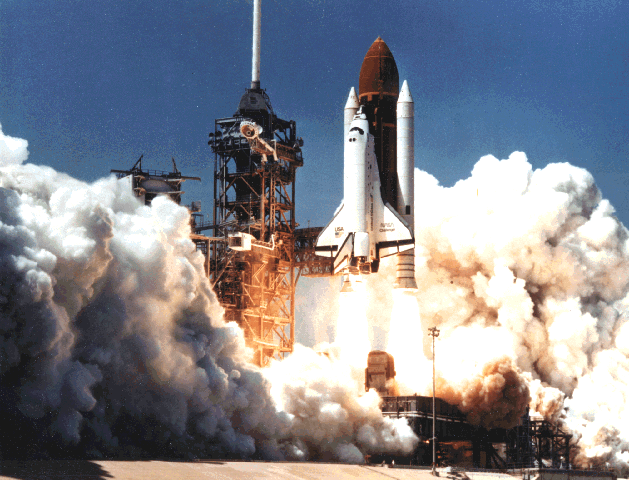
Endeavour at liftoff with SHOOT in the cargo bay.
-
Thanks for coming
-
Please ask questions
-
You don’t need to understand everything … my parents
still don’t.
Thanks for coming. I was happy to hear that you would be studying about NASA this year. This
talk is about NASA and my experiences
working there. I’ll talk mostly about an experiment which I
built and then flew on the Space Shuttle. NASA does lots of other things as you are learning.
I am a computer scientist and software engineer. I led the team which created all the computer programs used during this mission (as well as to design and test the hardware, train the crew, and analyze the experiment data). I personally wrote all the software which flew in space. Hundreds of other people contributed to this single mission.
Much of the the work I’m going to
discuss happened in the very buildings you have seen or soon will see on your field trip
to NASA.
Note: "Crew" = astronaut.
SHOOT - Superfluid Helium On Orbit Transfer
The experiment is called SHOOT which is short for Superfluid
Helium On Orbit Transfer. It flew on the Space Shuttle Endeavour, STS-57. I built it along
with a lot of other people.
Note: STS is a TLA that means "Space Transport System".
Note: TLA means "Three Letter Acronym". NASA folk love to use
them so they can talk faster and appear smarter to others.
Mission Patches
Names of crew.
SHOOT in payload bay
See if you can spot these later on during the talk.
Show the ones that flew in space!
Mission Objectives
-
Technology to Resupply Telescopes with Helium in Space
-
Study a very special type of Helium
-
First AI in Space
Why do telescopes need helium?
-
Short Answer: Cooling the telescope, "darkens the sky"
-
Most don't need it. But very important for some.
-
Some telescopes don’t use visible light.
-
Infrared = heat
-
Note: Other wavelengths include ultraviolet, radio
waves, and microwaves
-
Could you see the stars if you went outside
now?
-
The fainter the star, the darker the night
-
This is one of the parts my parents never understood!
But the helium boils off quickly....
Once the helium is gone, the telescope stops working and becomes space junk.
But if you can resupply the helium, you can extend its useful life ... and then get a lot more scientific data!
Mission Objectives
-
Technology to Resupply
Telescopes with Helium in Space
-
Study a very special type of Helium
-
First AI in Space
Why study this type of helium?
-
Superfluid Helium is very special.
-
Very, very cold. Close to the temperature
where the
atoms stop moving (including the electrons) – absolute 0 (degrees
Kelvin)
-
Behaves in very strange ways.
-
It has NO viscosity. We call this "superfluid" and it is similar to the way certain materials conduct electricity easily ("superconductivity").
-
It’s attracted to
heat.
-
It climbs walls.
-
Flows though tiny
tubes faster than
it does through large tubes.
-
If you stirred a glass of superfluid helium, instead one one whirlpool in the middle, there would be thousands of them.
-
Need very special equipment to handle it on earth
… and
more stuff to handle it in space
The tanks which hold the helium ("dewars") would keep a cup of coffee warm for decades.
Needs very low temperatures and low pressures (vacuum)
The energy of a needle dropping a foot would cause the helium to boil!
In space, how do you know how much is left?
In space, how do you pump it? (Hint: It has something to do with beer!)
In space, how do get the helium into the pump as it floats around or when the spacecraft engines fire?
Mission Objectives
-
Technology to Resupply
Telescopes with Helium in Space
-
Study a very special type of Helium
-
First AI in Space
Why Artificial Intelligence and Computers?
-
Why computers?
- Everything is run by computers at NASA ... almost.
- Computers are great at handling things which happen very fast, very slow, or where the same thing is repeated over and over again.
- Computers can handle lots of information (data)
- Often a lot easier to build a computer model than to build the real thing. Virtual Wind Tunnels
- But humans can do a lot that computers can't ... yet
-
What is AI and why do it?
- “Computers that do things that people do” … sort of.
- “Advanced computer programs built in special ways”
- Some of this stuff makes your video games fun to play.
- The smarter the computers, the more we humans can do.
- Some things are easier for computers, other things are easier for humans. When we combine them, amazing things can happen.
-
What did the AI do in this experiment?
-
It ran the experiment. If there was a problem,
it had to realize that. If it realized there was a problem, it
had to figure
a way around the problem.
NOTE: The NASA center you did/will visit does a lot off work with computers. The
people on your
tour probably did/will tell you about some of that.
A picture is worth a thousand words....
Note: All these pictures are from STS-57 - SHOOT
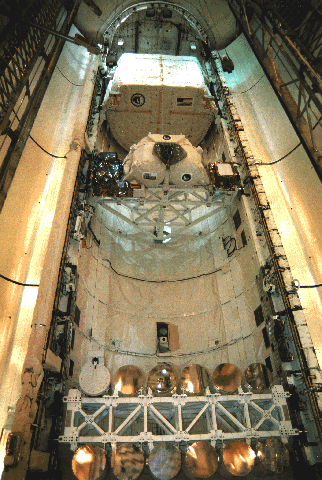
Space Shuttle cargo bay in space with doors open (and if they cannot open the doors, they have to come home quickly).
SHOOT was not the only experiment on the Space Shuttle.
Get Away Specials
Empty space for retrieval
Spacehab
Tiny crew compartment
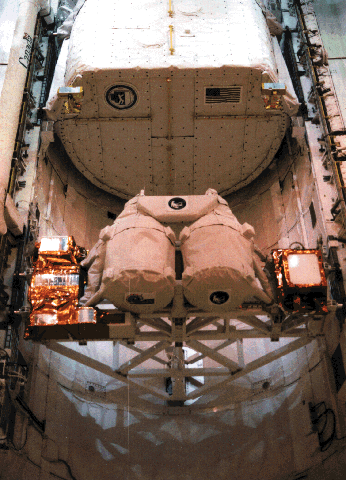
How did they get in it there?
How big is it?
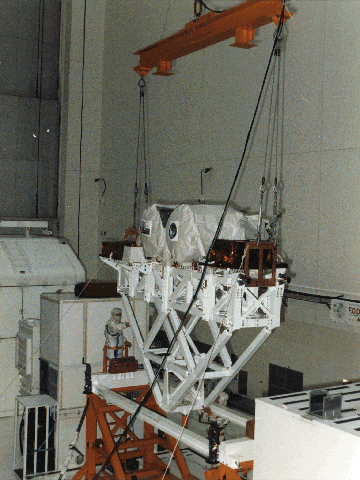
VPF, Clean Room, Bunny Suits, Air Sauna
What would happen if you left a screwdriver behind? Dust?
How does the space shuttle move from the VAB to the VPF and then to the launch pad?
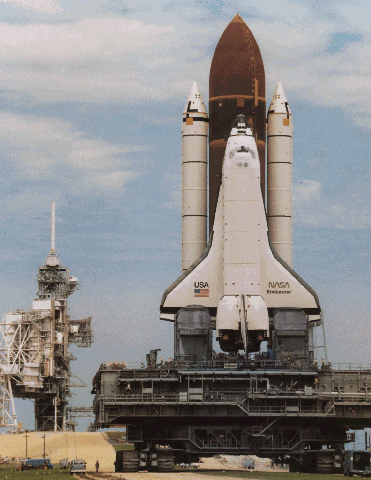
This thing moves really, really slow. (Not miles per
hour, but feet per hour)
Note launchpad in rear
This was also used for the Apollo (moon) missions.

Note the launch tower, blast area, water pipes (more for sound waves than heat).
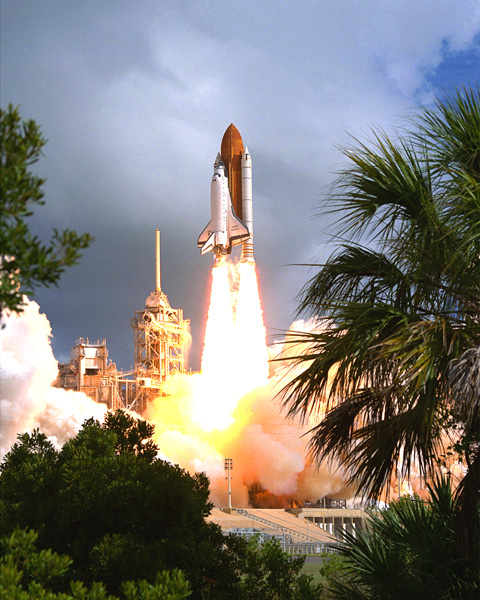

Robot arm, engines
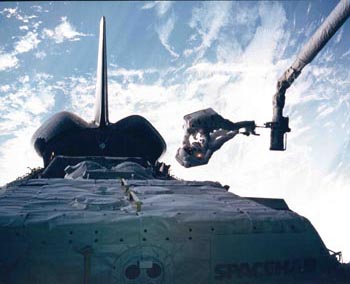

Note day and night during the eva’s!
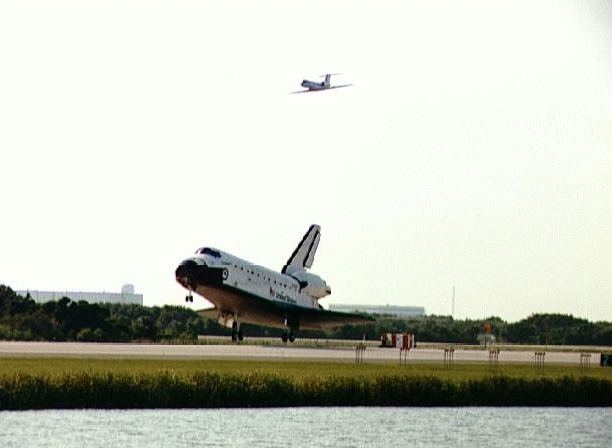
Top Ten List
10. Swimming ... sort of

9. Everything's new
Many things are being done for the first time. Get
to figure out lots of things and set new "world" records.
But they plan everything out and plan for everything that can go
wrong. And they practice everything over and over and over.
8. Meet interesting people
people.
Scientists, Engineers, Astronauts, and lots of other
people. Hundreds of people for this one experiment. But
they are pretty normal folk. Who eat and
drink like us … sort of … and dress like us ... sort of.

7. Space Shuttle Gymnastics
We fired the engines to slosh the helium around. Sometimes to
help us do something. Sometimes to see what would happen if there
were problems.
6. Wear funny headsets and
talk
to (the guy who talks to) the astronauts while they are in space.
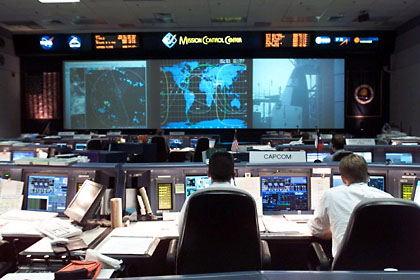
5. What does this experiment and Coors beer have in common?
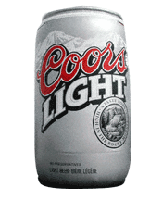
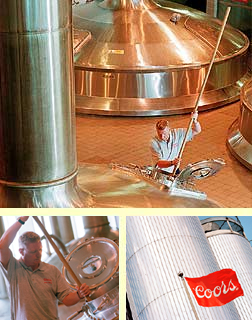
4. Learn the true size of Mission Control.
They use a special fish-eye lens to make it appear bigger!

3. Visit interesting places
Go inside the shuttle on the launchpad while it has tons of
explosives strapped to it!
Just being on the launch pad is cool enough. Being on it with when there's a Space Shuttle getting ready is cooler. But going inside the shuttle on the launchpad, we'll that's just cool.
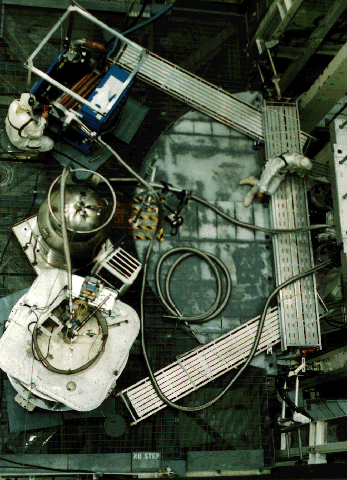
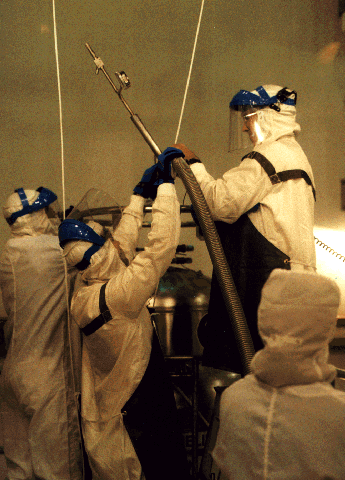
Do these guys look sad?
Bunny suits
Why clean?
2. Sometimes it's good when things break.
By firing the space shuttle engines, we tried to break the experiment so we could learn how to improve it.
We also had some equipment failures. This gave the AI an opportunity
to show off its capabilities by working around the problems.
1. All that math
and science I learned in school turned out to be
really useful!
You never know when something you learn today will come in handy or create an opportunity.





















